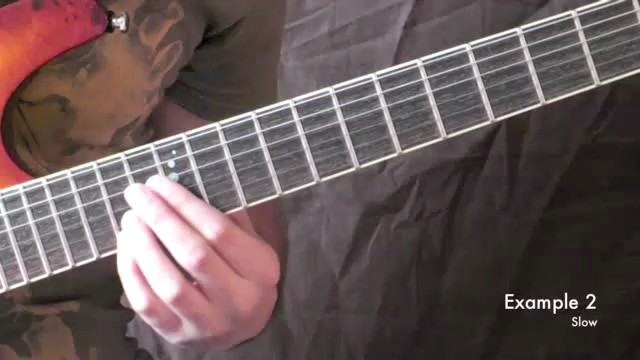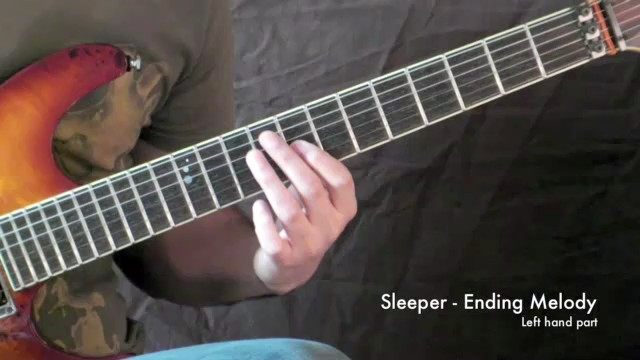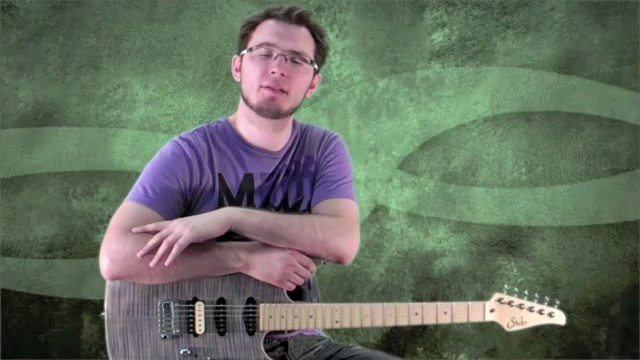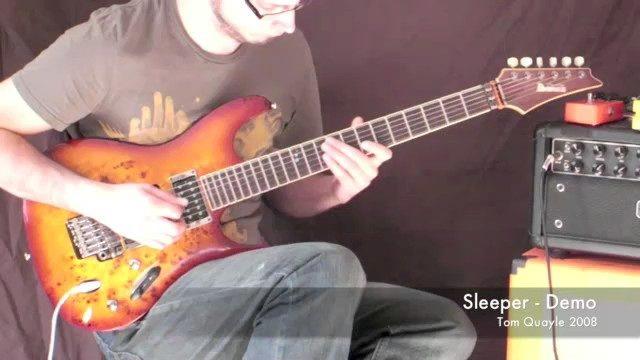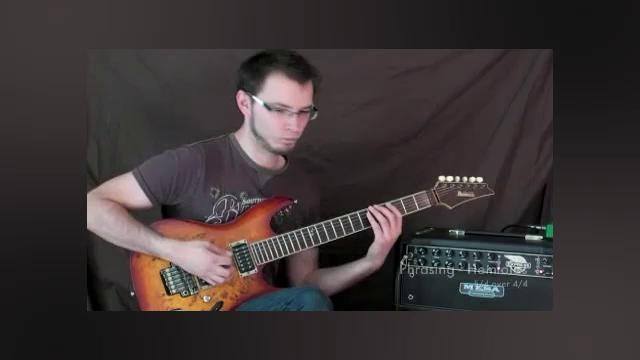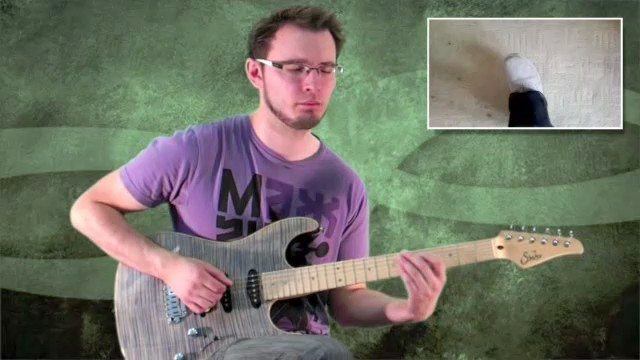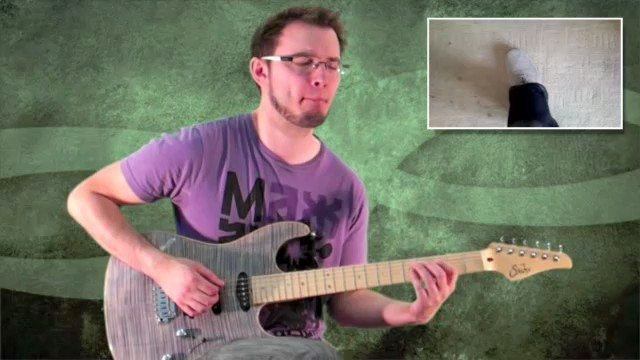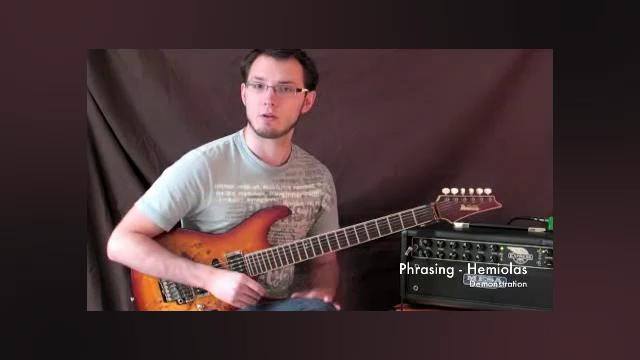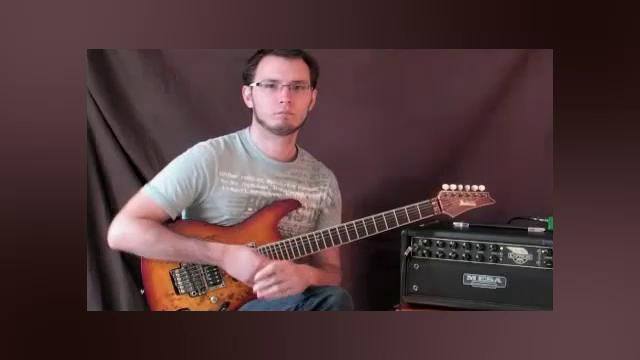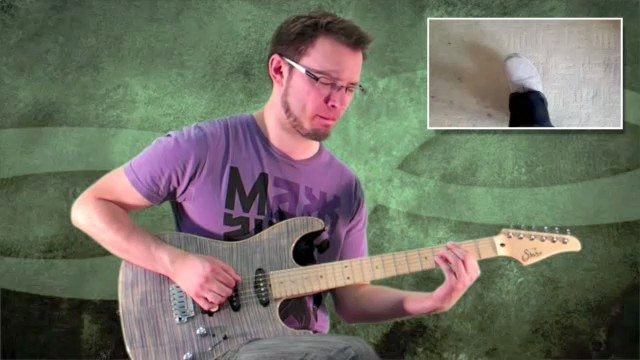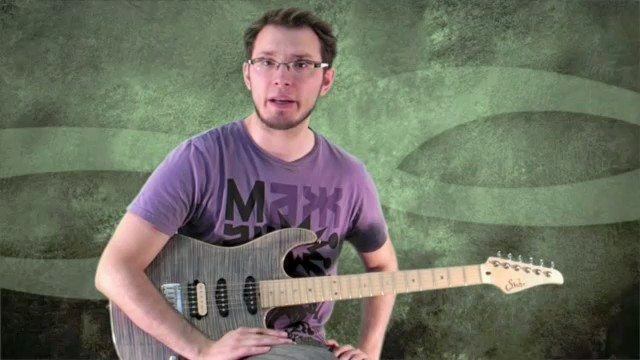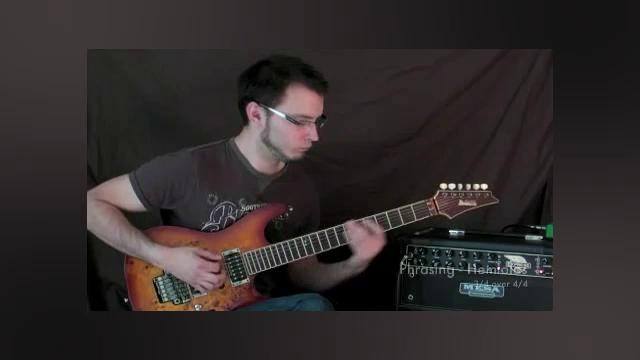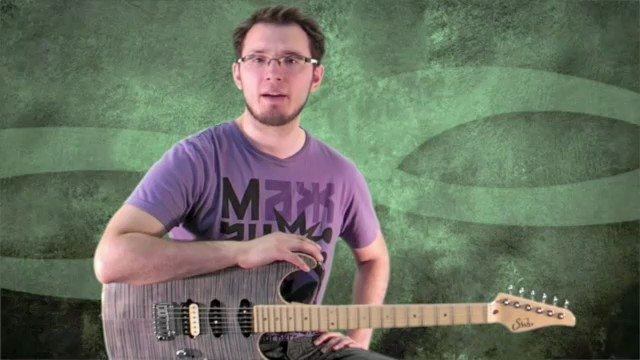Hi there! Welcome to this tutorial on phrasing over the bar line!
This is the first of a set of tutorials where we'll be covering phrasing and more specifically phrasing over the bar line and developing independence from bar lines in general. This tutorial will deal with the concept of the Hemiola. But before we get into that, what does 'phrasing over the bar line' mean?
When we improvise over a standard piece of music, be it a backing track, live band, or even just a metronome, it's very common for us to be in the time signature 4/4. I'm sure you'll know this means we have 4 beats to every bar. Now, this is great because it's something we're all very used to and presents most people with few challenges in terms of simply hearing where the beats are and more specifically where beat 1 is. This is very important because it means we very rarely get lost. Try improvising in 15/8 for example and you'll find beat 1 to be far more elusive!
However, this can also stifle our creativity and freedom as it's all too easy to be 'trapped' by this 4 beat to every bar repetition. Most people find they start and finish phrases in very regimented places within the bar, very rarely breaking out of even, rigid rhythms starting and finishing on the same beats. Try analyzing one of your own improvisations - you may be surprised by the regularity with which you start your phrases on the same beat.
But how do we break out of this? How do we become free from the bar lines which regulate our phrases and force us to play the same way each time we improvise? Well, one great way is to employ Hemiolas.
A Hemiola is defined as playing in one time signature whilst everyone else is playing in another. In other words, superimposing one time signature on top of another. Here's an example. Lets say I have a backing track which is in 4/4 and I play rhythms which are in 3/4. Here's what happens. My 3/4 rhythm starts on beat 1 of the first bar and finishes on beat 3. But remember, we're actually in 4/4 so my next 3/4 rhythm starts on beat 4 and finishes on beat 2 of the next bar. I've played 'over the bar line.' After 4 repeats our 3/4 rhythm starts back on beat 1 and is said to have completed itself.
This idea will work with rhythms in 5/4, 6/4, 7/4, 9/4 or any other odd time signature that doesn't fit evenly within a bar of 4/4.
Check out the next video for an example of a Hemiola in action and to hear the effect it can have. Try just to get this one down before moving on to the exercises in the other videos.
The idea behind hemiolas is to get you starting and finishing phrases in places your ears wouldn't allow you to before. It's very much about rhythmic ear training. You'll be freed up to play anywhere within a bar or series of bars that you want with enough study. Now, since rhythm really is the most important thing in music, this can only be a good thing! If you want to hear how important rhythm is, try playing a well known tune with completely the wrong notes but the correct rhythm to someone. I guarantee they'll know what it is! I hope you enjoy these ideas and examples. It's a huge topic and we'll be covering many more phrasing ideas in future tutorials! See you in the forum! Cheers, Tom

















